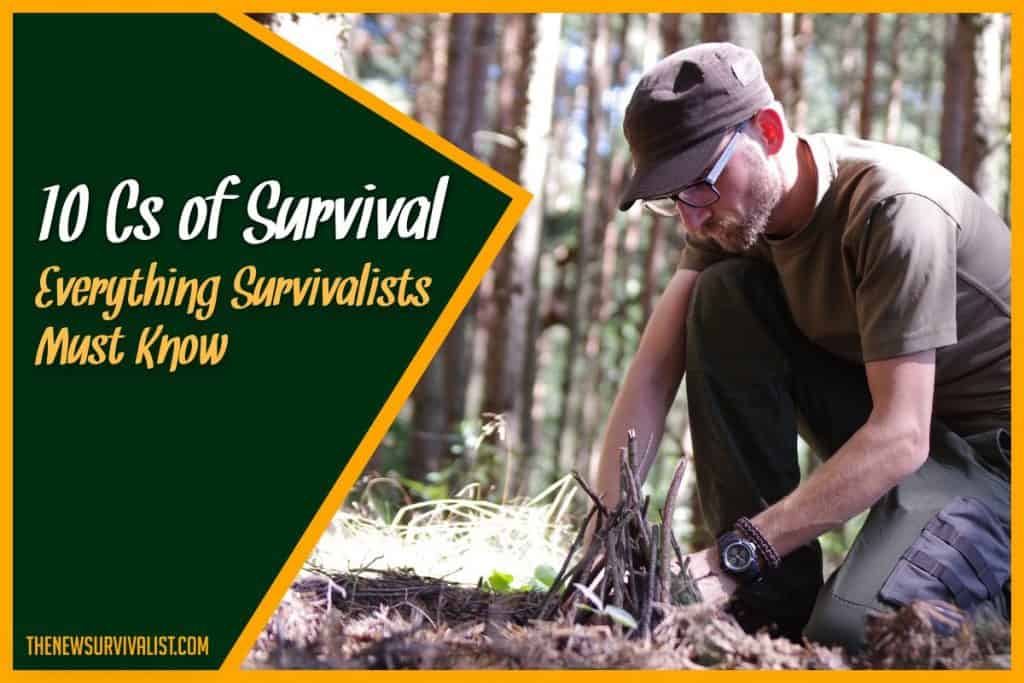The 10 C’s of survival list the 10 most indispensable types of items every prepper needs. For a lot of novice preppers and survivalists, and even experienced ones, it serves as the most basic set of tools and supplies required to build a survival pack. Having a list to refer to is important to avoid forgetting something essential to your survival.
The 10 C’s of survival includes:
- Cutting Tools
- Combustion Devices
- Cover
- Container
- Cordage
- Cotton Bandana
- Compass
- Candle Light
- Canvas Needles
- Cargo Tape
In general, the 10 C’s are the items a person should have in their go-bag; you might also see the 5 C’s of survival, which is a variation of this list that details your top priorities for your go-bag The go-bag is a small pack/backpack you bring with you when venturing out in the wild without the intention to go camping. For example, when going on a short hike or ATV-ing through the woods, a go-bag is a nice kit to have in case of an emergency where you have no choice but to camp out unexpectedly and wait for rescue.
10 C’s of Survival: Full List
Cutting Tools
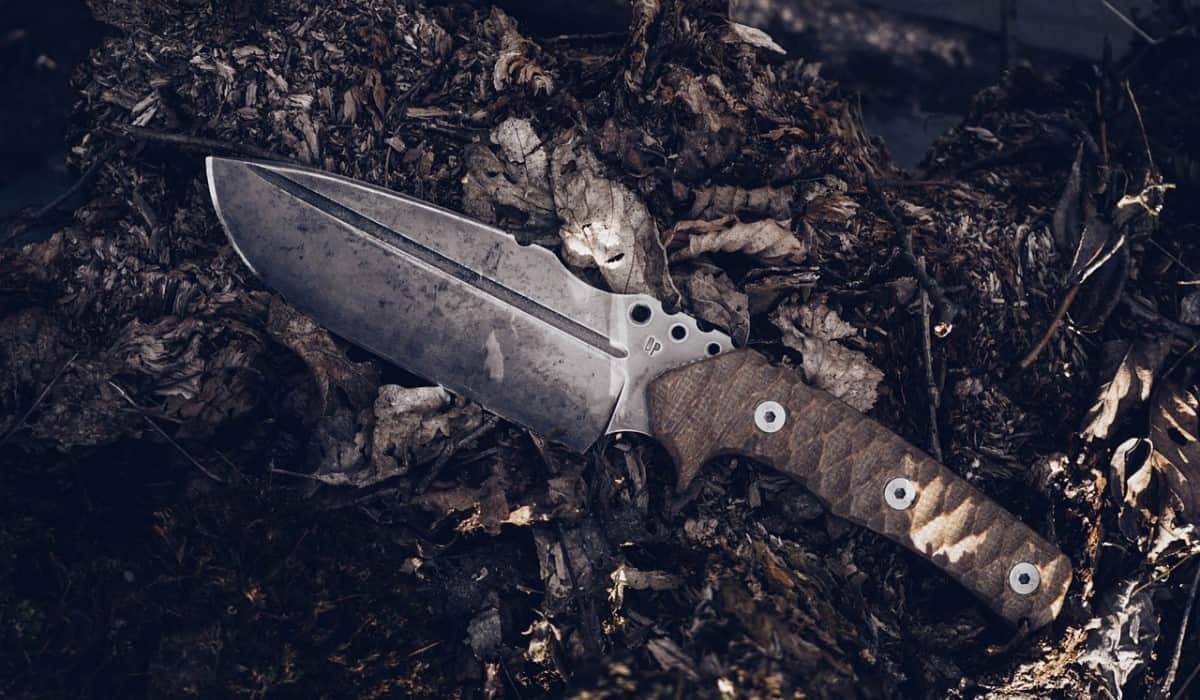
Cutting tools are the most important items in the 10 C’s. The items of choice should be relatively lightweight and compact while still capable of performing the most heavy-duty task like cutting down branches or a very small tree.
The preferred cutting tools for the 10 C’s are:
- A full-tang, carbon-steel survival knife
- One-handed axe or hatchet
- Some back up cutting knives like a foldable survival knife, or cutting tools that are included in a multi-tool like a swiss army knife.
- Durable folding saw
Combustion Devices
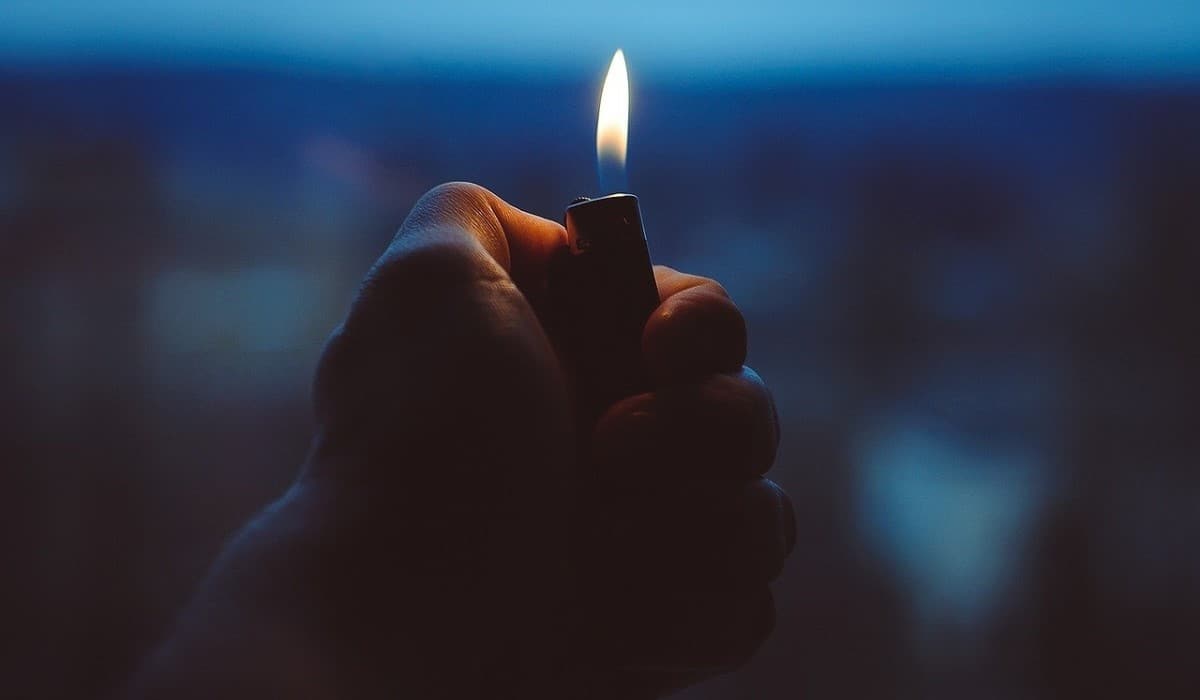
Combustion devices are the second most important tool in the 10 C’s. Fire is essential in purifying water, cooking food, and keeping a person’s core body temperature at normal levels. Since these things are small, compact, and virtually weightless, it doesn’t hurt to carry different types of fire-making tools in your kit.
- Lighter
- Water-proof matches
- Ferro Rod
Lighters and matches are probably the easiest ways to make fire. However, these can still break or malfunction. As such, it’s still a good idea to carry a Ferro rod.
A good product that is often used by expert survivalists is a StrikeForce Fire Starter. It’s a Ferro rod with a built-in waterproof compartment in its handle that can store tinder, fire gel, and matches.
Cover
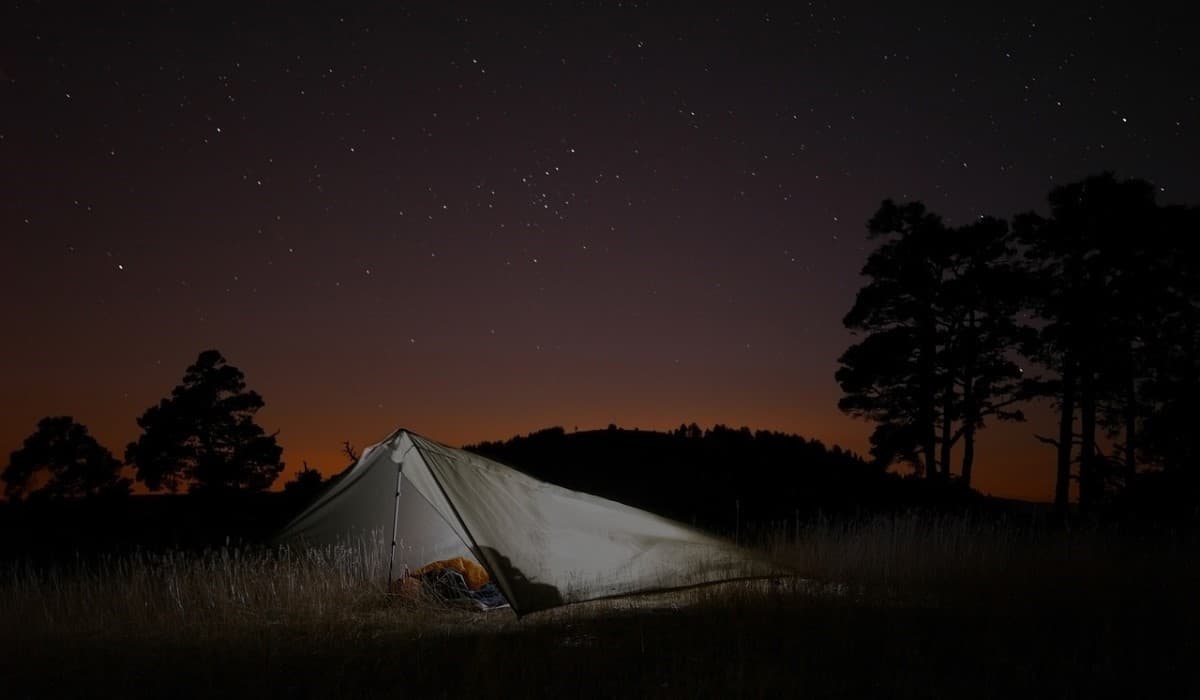
Wearing the proper clothing before venturing out should be the first thing to consider when thinking of a cover. Next would be a shelter material to keep you out from the elements. The 10 C’s ideally fits into a small backpack and shouldn’t be as extensive as a bug-out bag or an INCH bag. It is why weight is an important factor to consider especially in choosing an emergency cover.
Some of the lightweight and compact cover materials which preppers might want to consider are:
- Bivy bag
- Mylar blanket
- Folding hammock
- Tarp
- A large drum liner/garbage bag
The bivy bag is an ultra-lightweight emergency cover that’s commonly used by hikers trekking the Appalachian Trail. In addition to being waterproof, it is an enclosed cover which is great for keeping out insects. However, there’s no padding underneath it which means you will need to find a suitable area, that’s preferably flat to set it up.
On the other hand, a survival folding hammock will keep you off the ground. You don’t have to worry about drainage when it’s raining especially when combined with a tarp.
A mylar blanket or space blanket is very compact and ultra-light. It is great for maintaining a safe body temperature as it reflects heat to your body. Moreover, it can be used to reflect heat from the sun when placed over a tarp or bivy bag.
A drum liner or a garbage bag is an underrated supply. Similar to a mylar blanket, it can also keep you warm by trapping heat. Additionally, since it is waterproof, it can be used as cover from the rain or collect rainwater for drinking.
Container
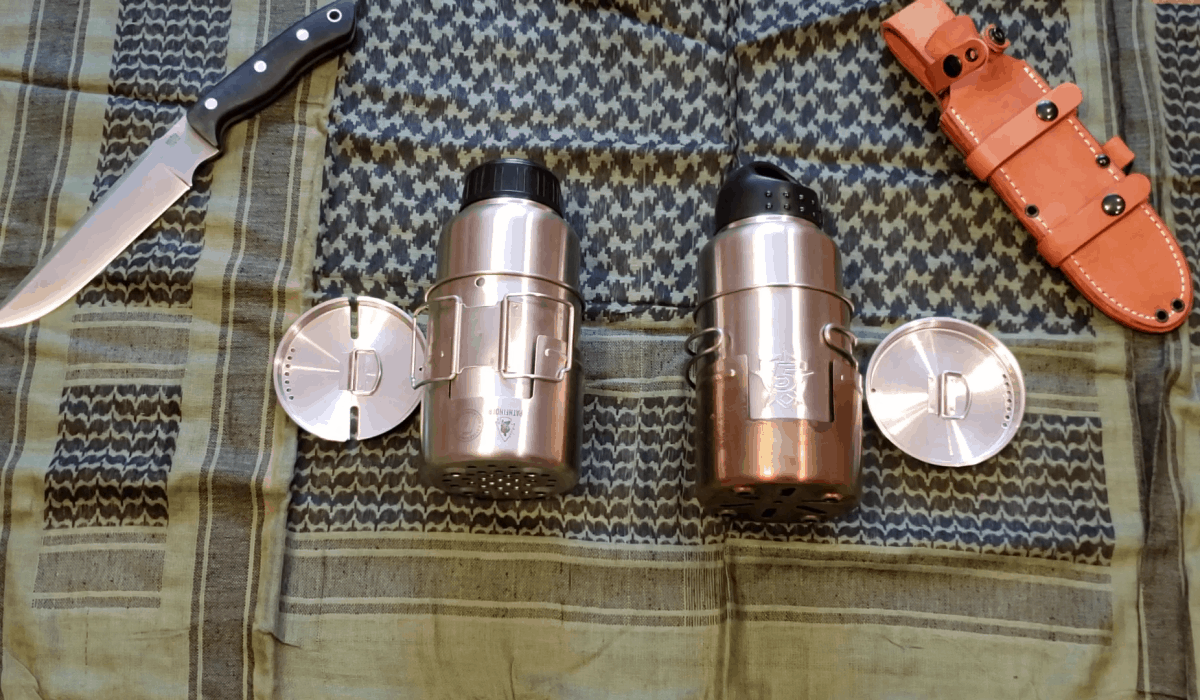
The container referred to in the 10 C’s is a 32 oz (1 liter) single-walled stainless steel water bottle. It’s used to carry water, and since it’s made of stainless steel, you can use it to boil water, and then store it in the container. The boiled water can be used for drinking, but can also be used to irrigate/wash off wounds to remove dirt and bacteria.
Additionally, char paper can be made using a stainless-steel water bottle. Its versatility is something a water-filter straw can never truly replace.
Cordage
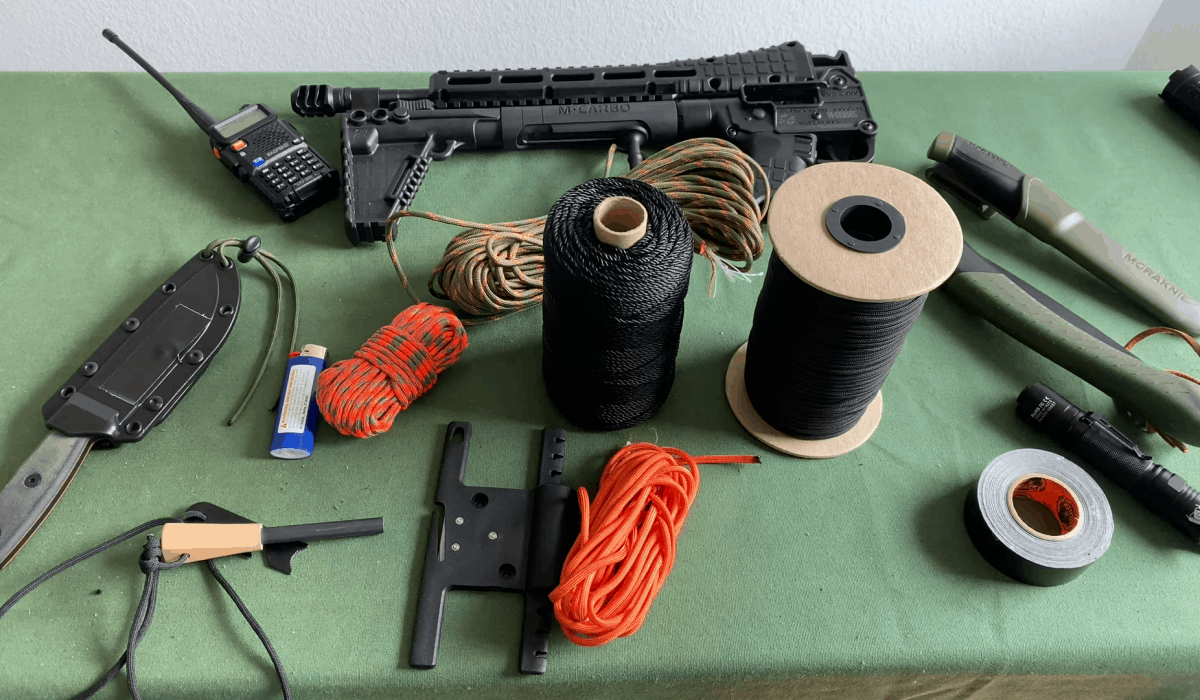
Cordages are important to lash, bind and build implements, tools, and shelter in the wild. It can even be used as a snare for hunting small game, or as a fishing line. It’s important to choose cordage that’s durable and has high tensile strength.
Tarred, braided nylon is the preferred cordage for the 10 C’s. Since it’s tarred, it’s waterproof and more durable. Moreover, since it’s braided, the cord can be split into smaller strands when tying smaller things.
Lastly, the braiding and the tarring create more surface area to hold on to things. Compared to a paracord which is generally smoother, tarred braided nylon will hold its knots indefinitely without the risk of becoming undone.
Cotton Bandana
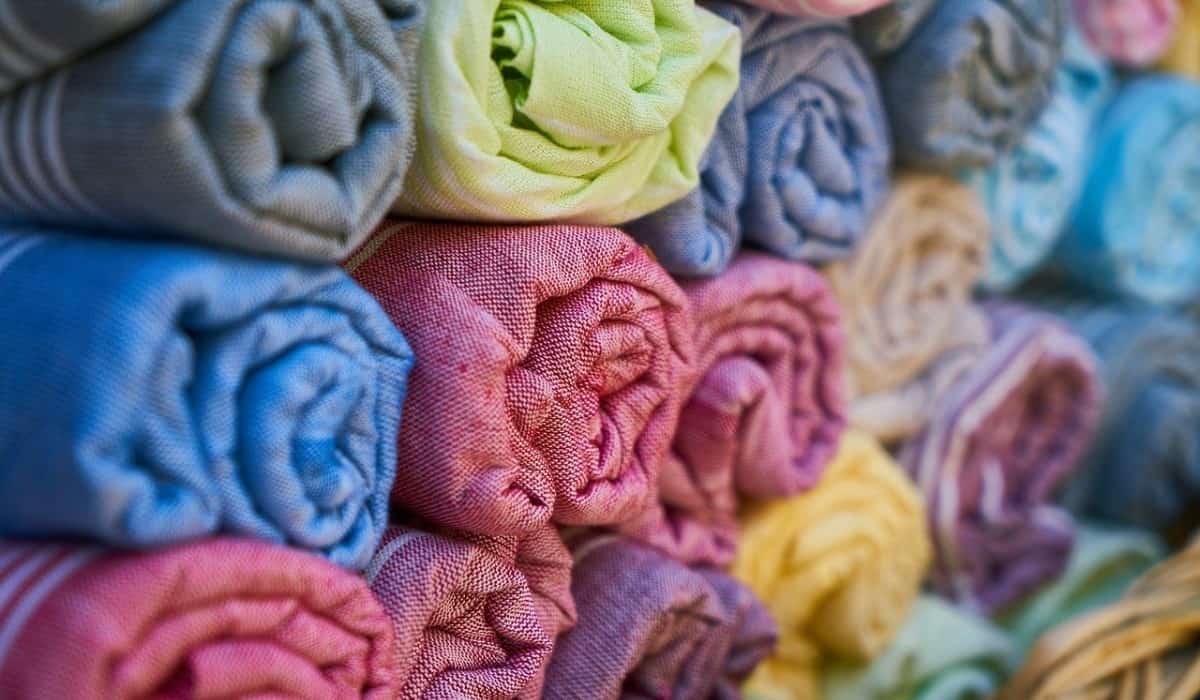
The minimum suggested size is 3 feet by 3 feet, which is large enough to be used as a head covering and as a sling or cravat. It can also be used for the following purposes:
- Head covering
- Water filter
- Wiping off dirt/hygiene material
- Cut into smaller pieces for bandaging wound
- Can be turned into char cloth/char paper used as tinder when lighting a fire.
To make char paper, simply cut the cotton wool into smaller pieces and put them inside the empty stainless-steel water bottle. Cook the pieces of cotton for 15 minutes in a partially covered container. The end product is a black soot-like material that easily catches fire. It should be stored in an airtight container or the compartment of your StrikeForce Fire Starter if you have one.
Compass
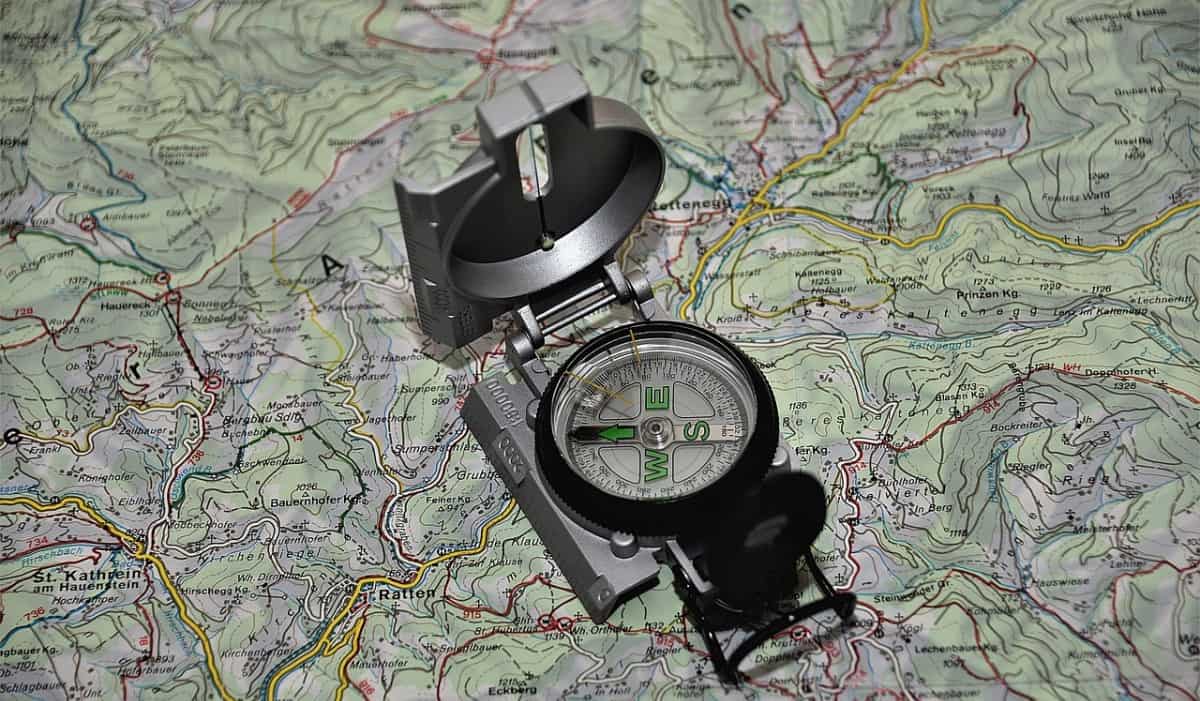
Having a compass as part of your watch is nice, but it’s also good to have a separate multifunction one. When choosing survival gear, keep in mind that it’s always best to pick an item that has different functions built in it. An example of a great compass is a SUUNTO MC-2 compass which has a mirror, ruler, and a magnifying glass built in it.
Candle Light
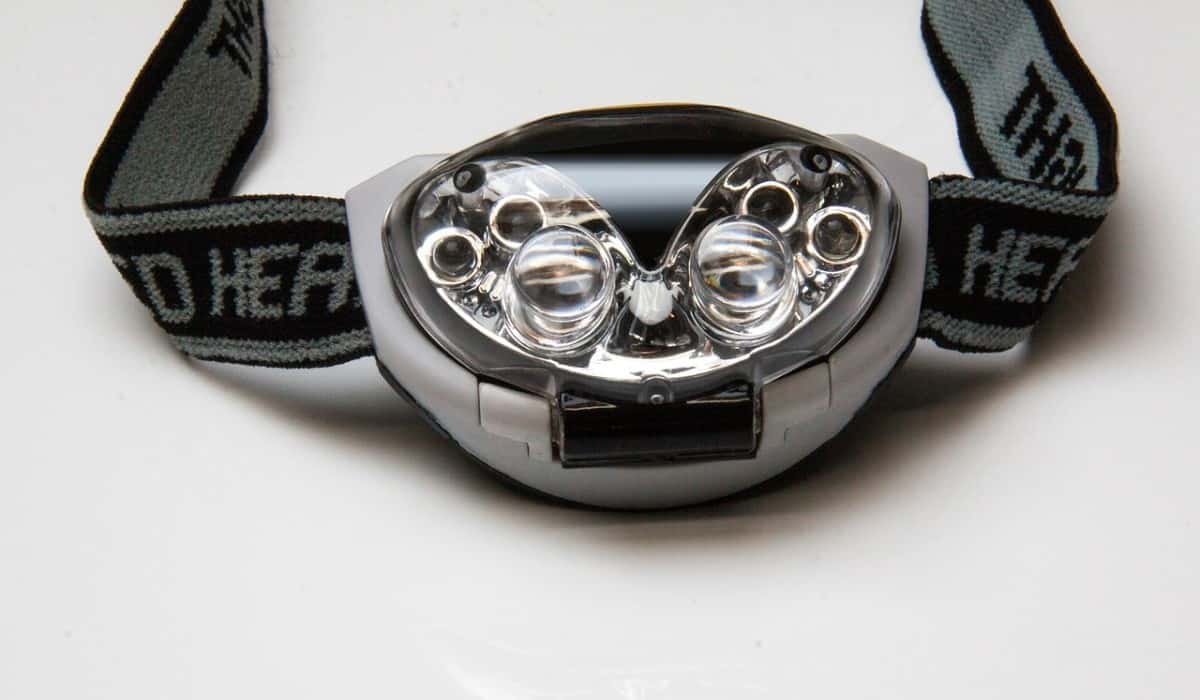
In the 10 C’s, candle light refers to any battery-powered sources of light. A headlamp should be the main candle light device you pack since it frees up both of your hands when working. Still, it’s not a bad idea to have multiple sources of light.
Preferably, you would want to choose a light source that can be powered through multiple means. The Savvy Touring LED headlamp can be powered with either an AA battery pack or via USB using a rechargeable solar power bank that comes with the product.
If using other types of headlamps and flashlights, don’t forget to pack replacement batteries which should be stored in a puncture-proof, and waterproof container.
Canvas Needles
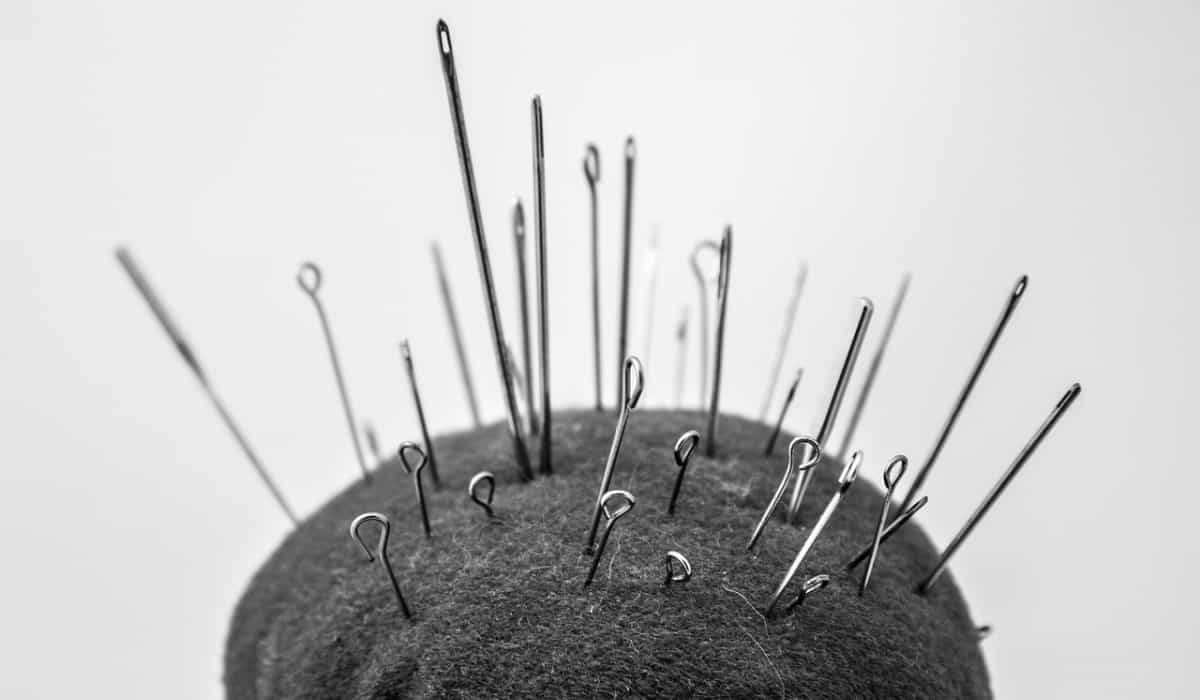
A canvas needle is a large needle with a wedge at its pointy tip. It can be used to repair torn equipment or to remove thorns, stingers, and splinters. When magnetized, it can be used as a backup compass.
To magnetize a needle, simply rub a strong magnet along its length, making sure to only rub in a single direction. Repeat this around 5 to 10 times. In addition to a needle, you should also bring some heavy-duty thread. Make sure the eye of the needle can accommodate the thickness of your chosen thread.
A word of caution. Other resources suggest bringing curved needles or suturing needles for suturing wounds in the wild. Suturing wounds in the field should never be attempted. It’s always guaranteed to cause an infection which can lead to sepsis and death within days without proper medical treatment.
Cargo Tape
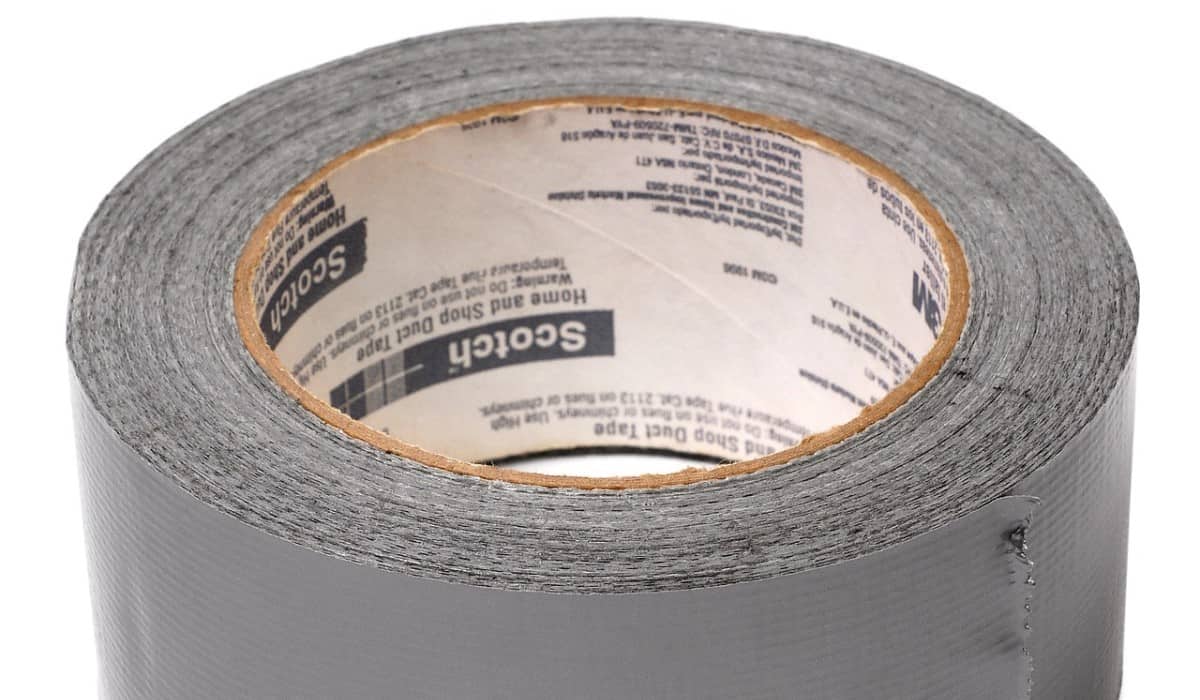
The cargo tape in this list refers to duct tape. It’s a versatile item that cannot be replicated in the wild. It can be used as a tourniquet for bleeding, for creating tools, and repairing broken equipment. The adhesive is also highly flammable and can be used to light a fire.
Final Words
A go-bag that contains the 10 C’s is mainly used for survival until help arrives. However, in the hands of an experienced prepper, it’s enough to sustain themselves for a few weeks.

